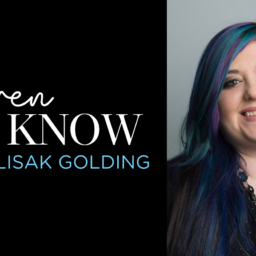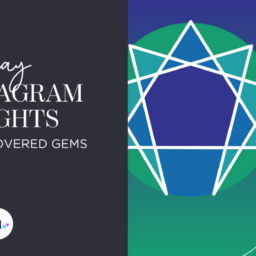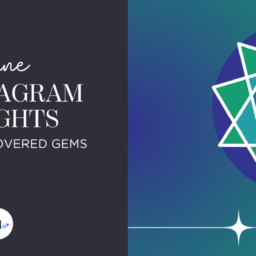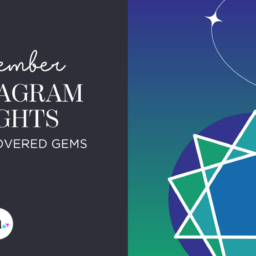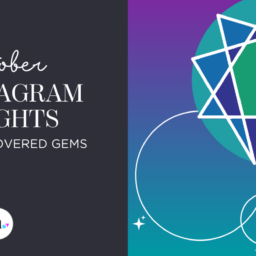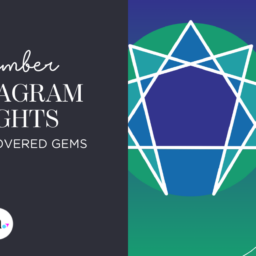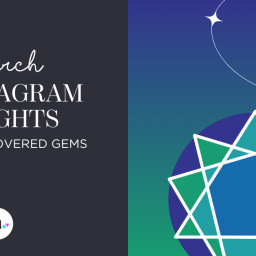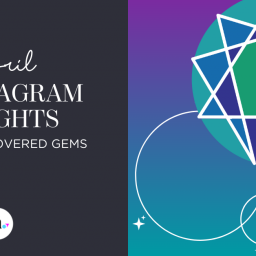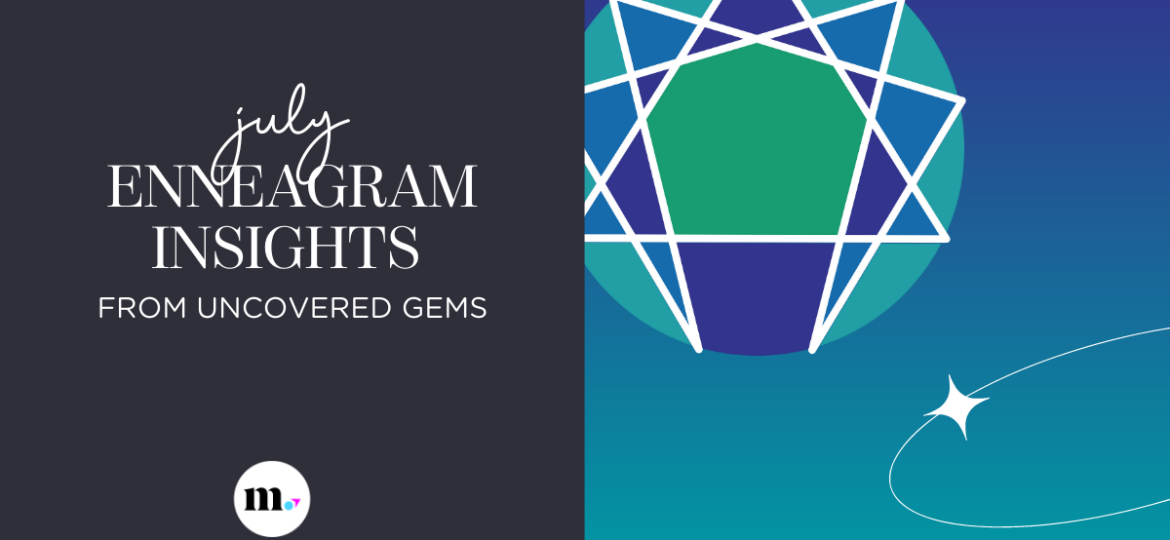
 Welcome to Indy Maven’s Enneagram column coming by way of Jenn Lisak Golding of Uncovered Gems. Check out her website for even more info from the world of Enneagram, or to book a private session.
Welcome to Indy Maven’s Enneagram column coming by way of Jenn Lisak Golding of Uncovered Gems. Check out her website for even more info from the world of Enneagram, or to book a private session.
Now that we’ve explored Enneagram numbers and instincts, let’s dive a little deeper into the centers of intelligence and how they function.
The Enneagram is made up of three centers of intelligence: the head center, the heart center and the body center. Your dominant center of intelligence is determined by your Enneagram number. This means that you most commonly and comfortably operate from that center as opposed to the others—sometimes to the point where you ignore the other two centers.
Those who are heart-centered tap into their own feelings or the feelings of the world around them. They likely pick up on relationship dynamics at play, and they are likely to feel a sense of responsibility to resolve any distance, disagreement or conflict as quickly as possible.
Those who are head-centered tend to be overthinkers and might get stuck in their own heads. They will think through problems, use their logic to resolve challenges and also be naturally curious. They also tend to live their lives in the grey as they don’t believe everything is in black and white.
Those who are body-centered are focused on taking action. They likely have a strong sense of what they want to do, as well as what boundaries they have. It’s common for them to also have a strong sense of their own morality and what they will or won’t accept.
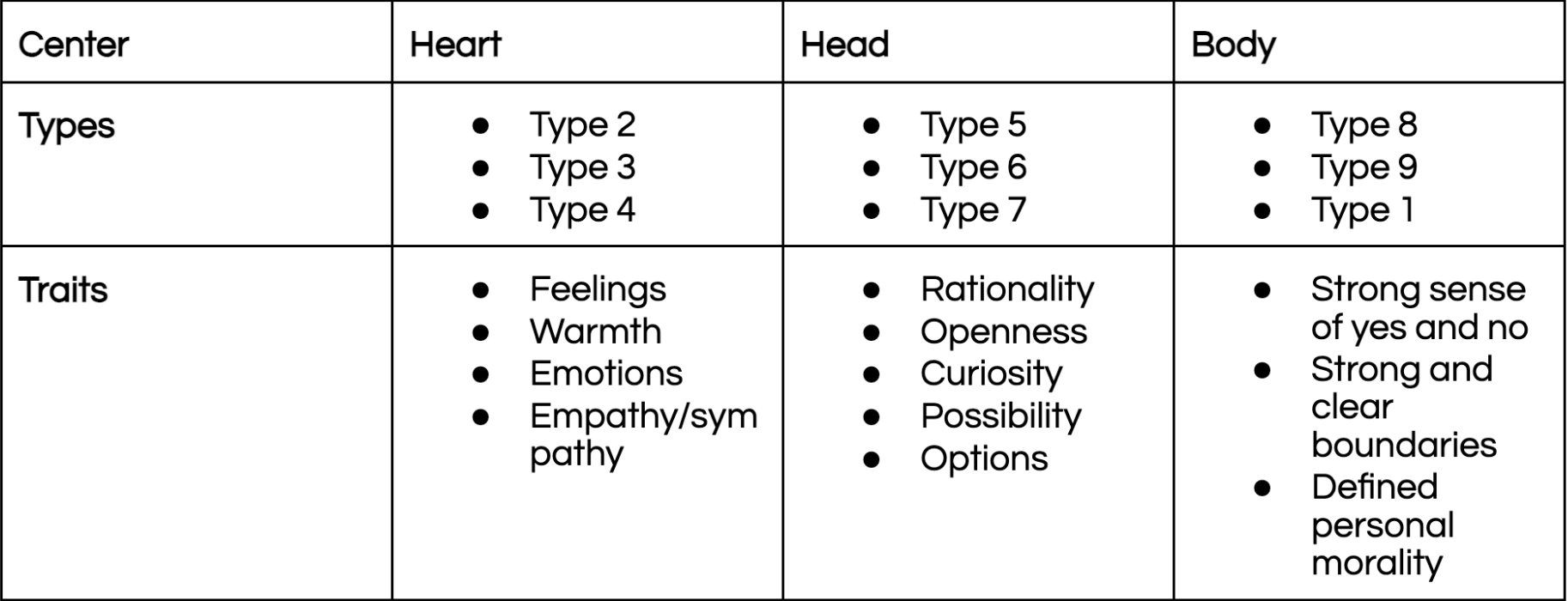
While it’s commonly said that we have a dominant center, with the other two acting in a dormant fashion, I tend to believe that we have a dominant, a secondary and a dormant center. For example, as a Type 2, I am a heart center, but I also tend to leverage my head center to make decisions. This can result in me getting stuck in the heart-head loop where I’m concerned about the feelings of the matter, but I also know the logical next step. Reconciling those two things can be hard, and it sometimes prevents me from taking action.
For a long time, I was not connected to my body center. It lay dormant and unexplored. In the past year and a half, I’ve spent a lot of time taking care of my body, walking regularly and eating well. My body center has come alive, and I’ve noticed a shift in my thought patterns, as well as my ability to make quicker decisions, because of it. It’s been refreshing and empowering.
The goal isn’t for each center to be in equal proportions; the goal is for you to be able to listen to each center and take different considerations into account. In fact, in the Enneagram, to observe all three centers is something we call “the fourth way.” It’s viewed as a spiritual breakthrough, leading to a higher level of self-awareness. There’s a beautiful harmony when you can hear each center and the ways they want to speak, serve and support you.
My hope for you is that you can operate productively and beautifully from your dominant center, as well as lean into your other centers to make well-rounded decisions. There’s power in the centers, and only you have the power to tap into them! Listen, learn and grow.
Jenn Lisak Golding is a certified Enneagram coach through The Art of Growth and the face behind Uncovered Gems. She is also the founder and owner of the sister brand Sapphire Strategy, a measured marketing agency. As a long-time fan of emotional intelligence, Jenn is passionate about helping individuals, teams, and leaders grow personally and professionally on their growth journeys.
All of our content—including this article—is completely free. However, we’d love if you would please consider supporting our journalism with an Indy Maven membership.



